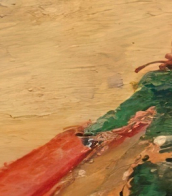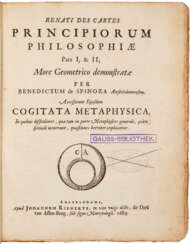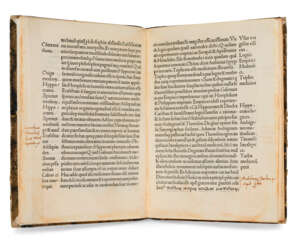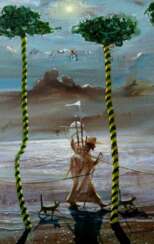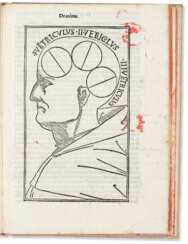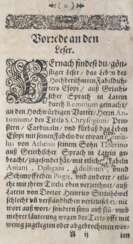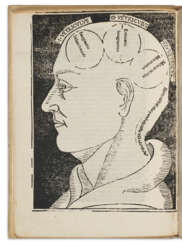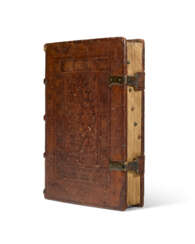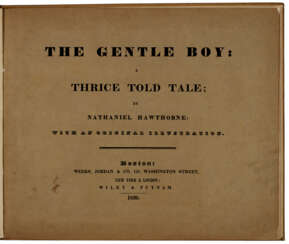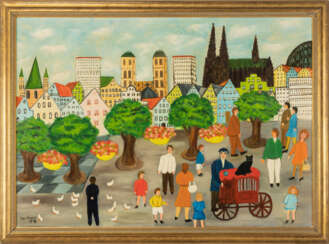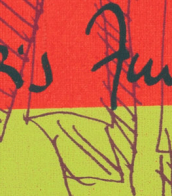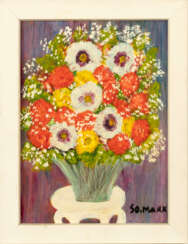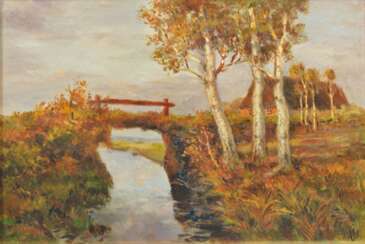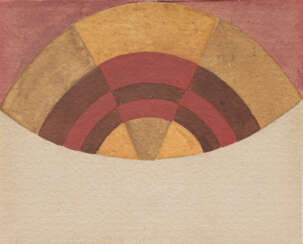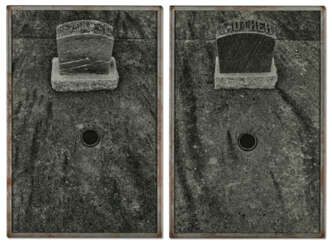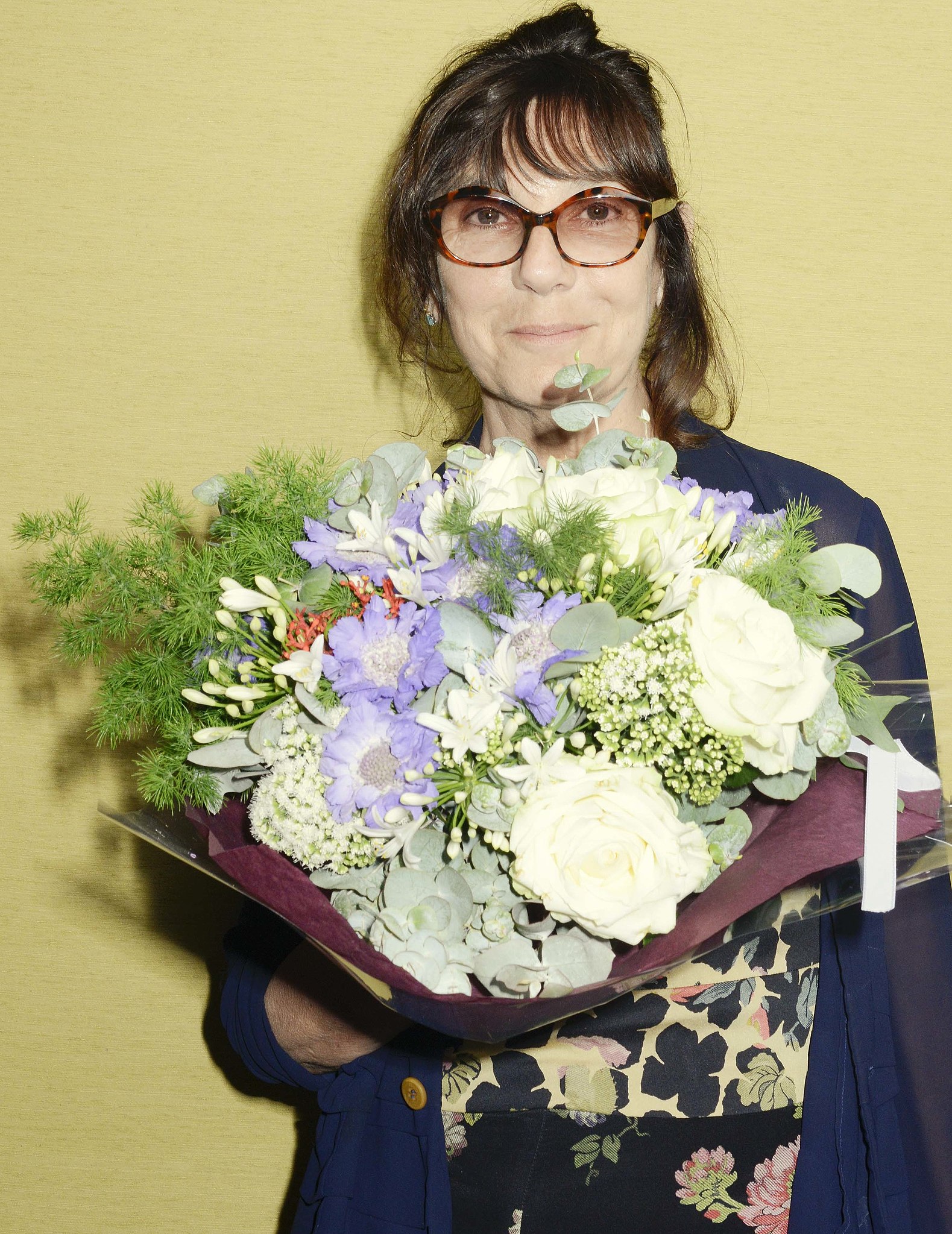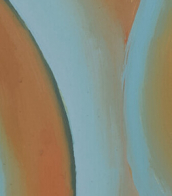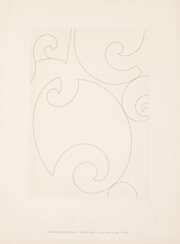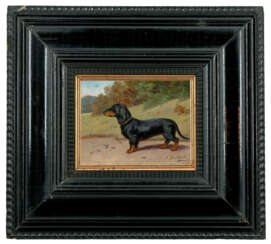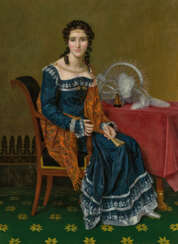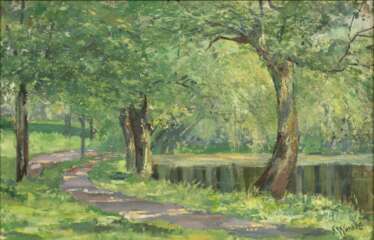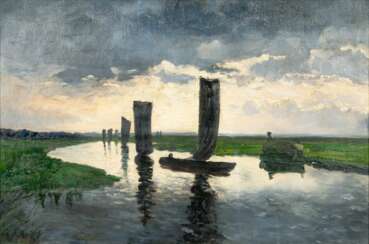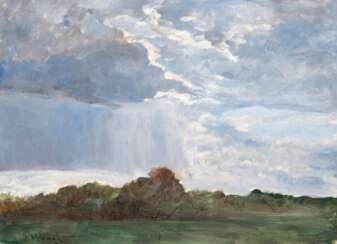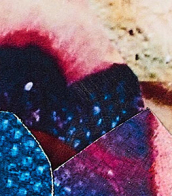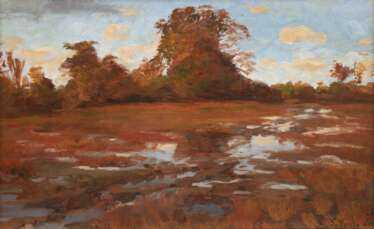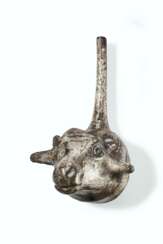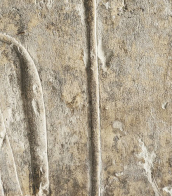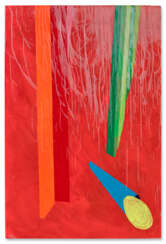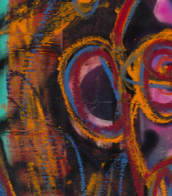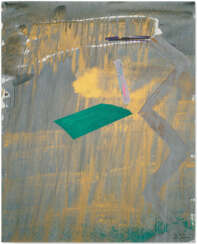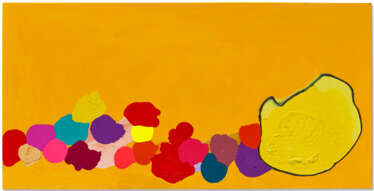äsop
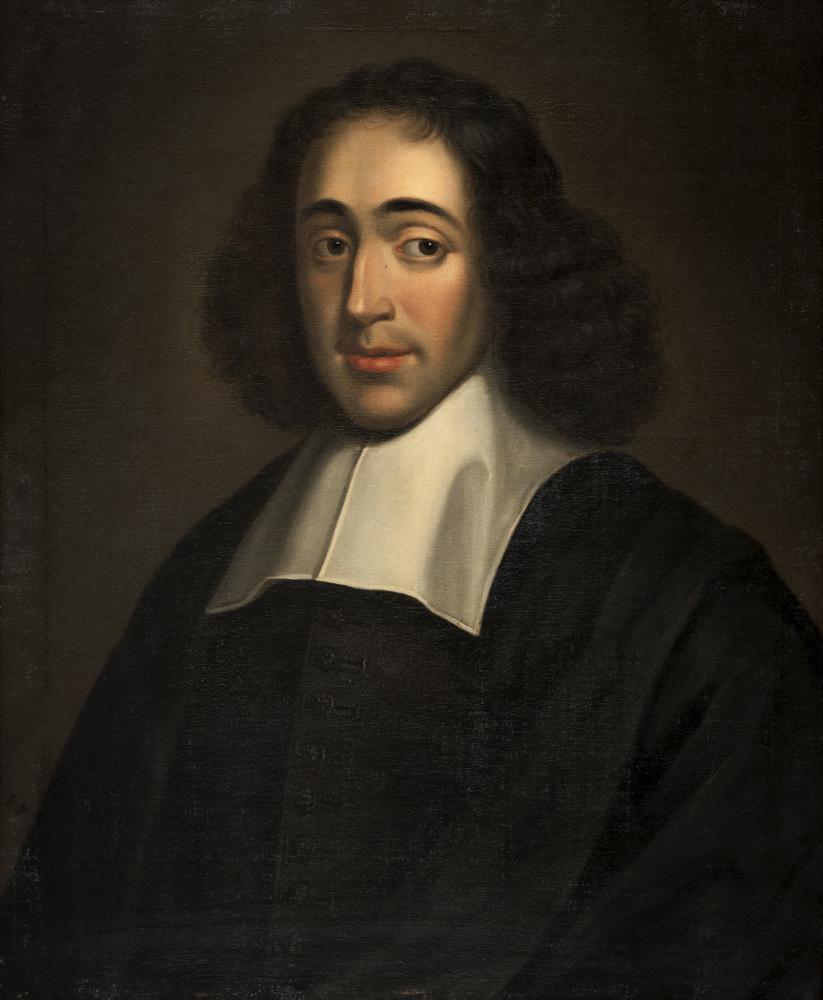
Benedictus Spinoza (Spanish: Baruj Espinosa) at birth Baruch Spinoza is a Dutch philosopher-rationalist of Jewish origin, a bright representative of the Age of Enlightenment.
Spinoza was born into a family of Portuguese Jews in Amsterdam, who converted to Christianity but returned to Judaism. As a young man, he was considered an outstanding Talmudic scholar and a promising religious scholar. But, inspired by the philosophical writings of René Descartes and Francis Bacon, the young philosopher soon fell outside the orthodox tradition because of his radical views. In 1656 he was severely excommunicated for heresy.
For the rest of his life, Spinoza spent his modest life grinding lenses and privately teaching philosophy, but he also wrote anonymously published philosophical treatises and secretly exchanged letters with many philosophically inclined luminaries of the wider European Enlightenment. Spinoza's only book, published in 1663 in Amsterdam under his own name, was Renati Des Cartes Principiorum Philosophiae Pars I, & II, More Geometrico demonstrate (Principles of Cartesian Philosophy). These principles served as a preparatory work for many metaphysical views in his most important treatise, Ethics (1677).
Benedict Spinoza defended the philosophical life from religious persecution and advocated a new, liberal, democratic regime to support that life. Although Spinoza was often persecuted as an atheist in his time, his writings played an important role in shaping philosophy, theology, and politics in the centuries to come. Of all the philosophers of the seventeenth century, Spinoza is one of the most relevant today.
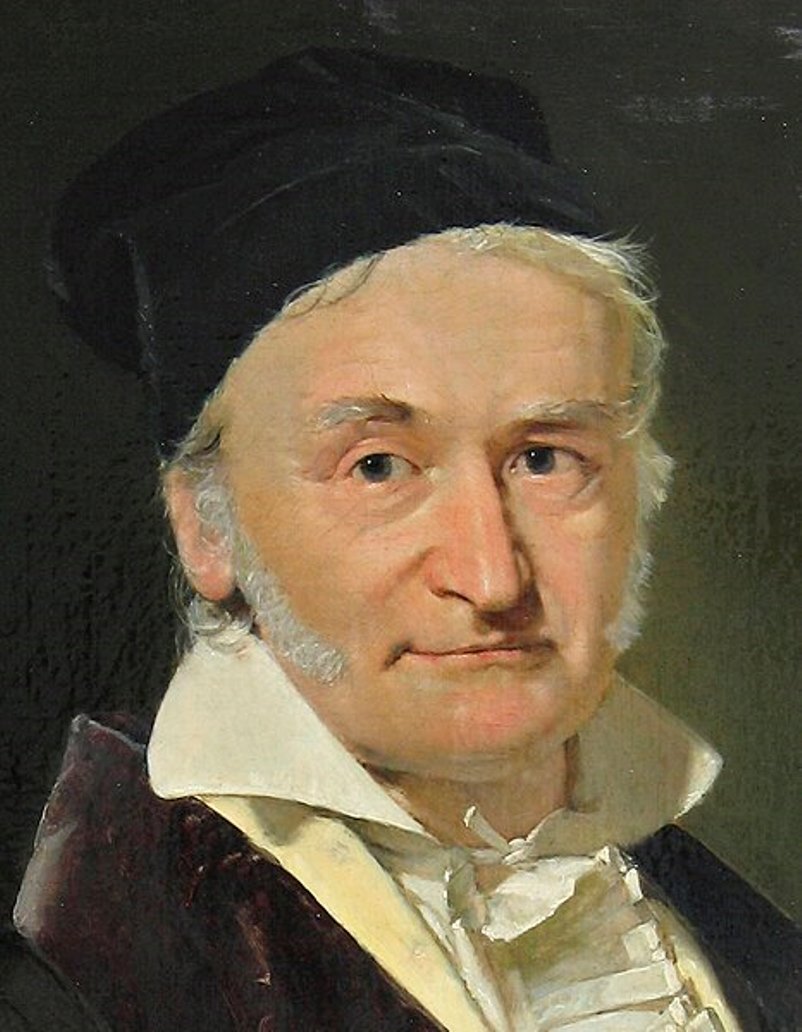
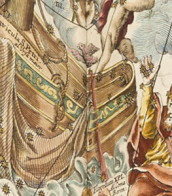
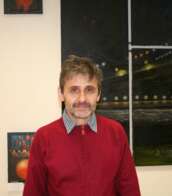
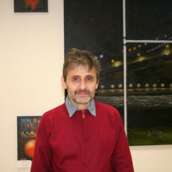
Aesop (Latin: Aisopos,) was a legendary philosopher and fable poet of ancient Hellas.
Researchers still argue whether it was a real person or behind this name is a collective image. According to Herodotus, Aesop was a slave and lived about 620-564 BC. The birthplace of the poet-fable writer is considered to be Phrygia, which is located on the peninsula of Asia Minor. Aesop was a slave of the Hellenic Iadamon, who lived on the island of Samos, who later granted the fable writer freedom.
The talented Greek was known not only for his fables, but also for his famous sayings and parables. Aesop's allegorical and moralizing fables are characterized by brevity and wisdom. In them he ridiculed all sorts of human vices - greed, cunning, greed, self-love and envy. The main characters of fables, as a rule, were animals, and the characters of the plot sometimes also acted as people and the gods of Olympus.
Aesop's original works have not survived. The most ancient "fables of Aesop" have reached us in later poetic revisions - (Latin) Phaedrus (I century), (Greek) Babrius (II century) and (Latin) Avianus (early V century). Aesop's work has left a significant trace in European culture, and his aphorisms have become well-known, remaining relevant today. And the hidden subtext of the work is called Aesopian language. Today's readers know these works in the arrangements of Jean de La Fontaine, Ivan Krylov, Gulak-Artemovsky and other fable writers.
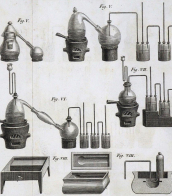
Aesop (Latin: Aisopos,) was a legendary philosopher and fable poet of ancient Hellas.
Researchers still argue whether it was a real person or behind this name is a collective image. According to Herodotus, Aesop was a slave and lived about 620-564 BC. The birthplace of the poet-fable writer is considered to be Phrygia, which is located on the peninsula of Asia Minor. Aesop was a slave of the Hellenic Iadamon, who lived on the island of Samos, who later granted the fable writer freedom.
The talented Greek was known not only for his fables, but also for his famous sayings and parables. Aesop's allegorical and moralizing fables are characterized by brevity and wisdom. In them he ridiculed all sorts of human vices - greed, cunning, greed, self-love and envy. The main characters of fables, as a rule, were animals, and the characters of the plot sometimes also acted as people and the gods of Olympus.
Aesop's original works have not survived. The most ancient "fables of Aesop" have reached us in later poetic revisions - (Latin) Phaedrus (I century), (Greek) Babrius (II century) and (Latin) Avianus (early V century). Aesop's work has left a significant trace in European culture, and his aphorisms have become well-known, remaining relevant today. And the hidden subtext of the work is called Aesopian language. Today's readers know these works in the arrangements of Jean de La Fontaine, Ivan Krylov, Gulak-Artemovsky and other fable writers.
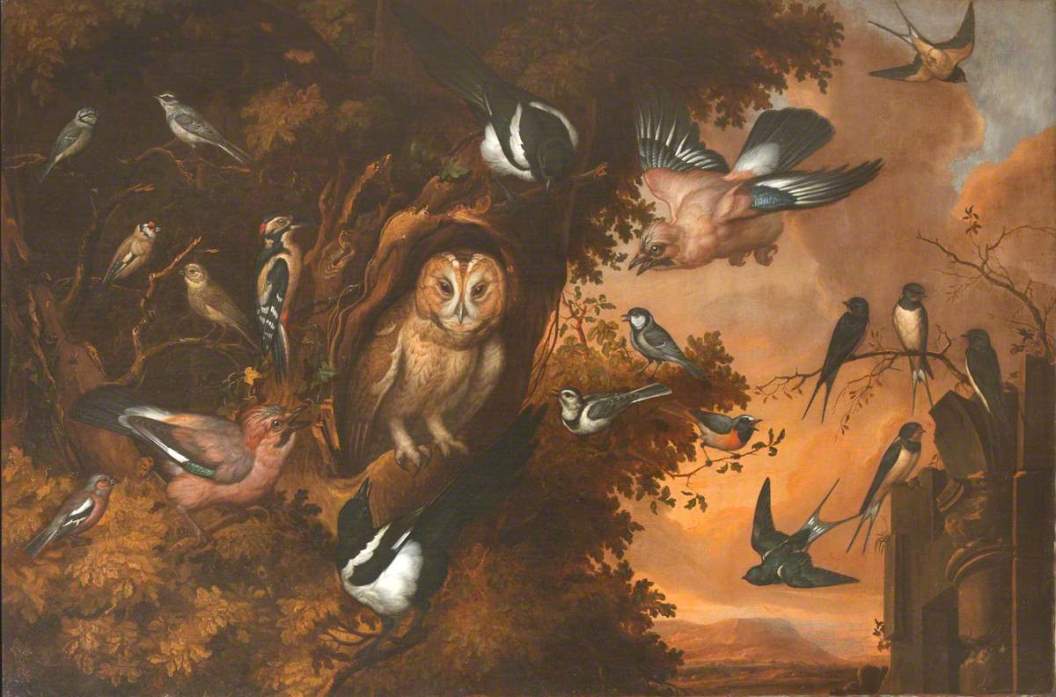

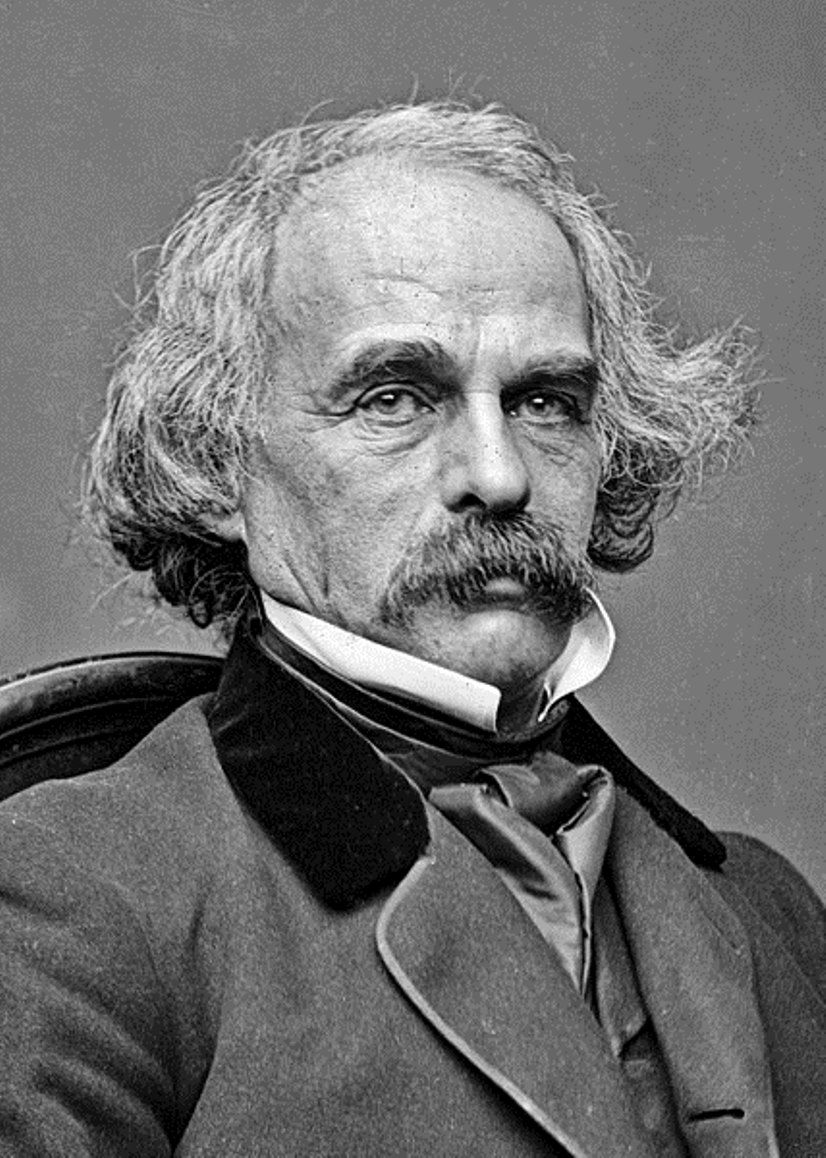
Nathaniel Hawthorne is an American writer and author.
Hawthorne is a recognized short story writer and a master of allegorical and symbolic narrative. One of the first fiction writers in American literature, he is best known for his works The Scarlet Letter (1850) and The House of Seven Gables (1851). Hawthorne's artistic works are considered part of the American Romantic movement and, in particular, of so-called dark Romanticism, a popular mid-19th-century fascination with the irrational, the demonic, and the grotesque.
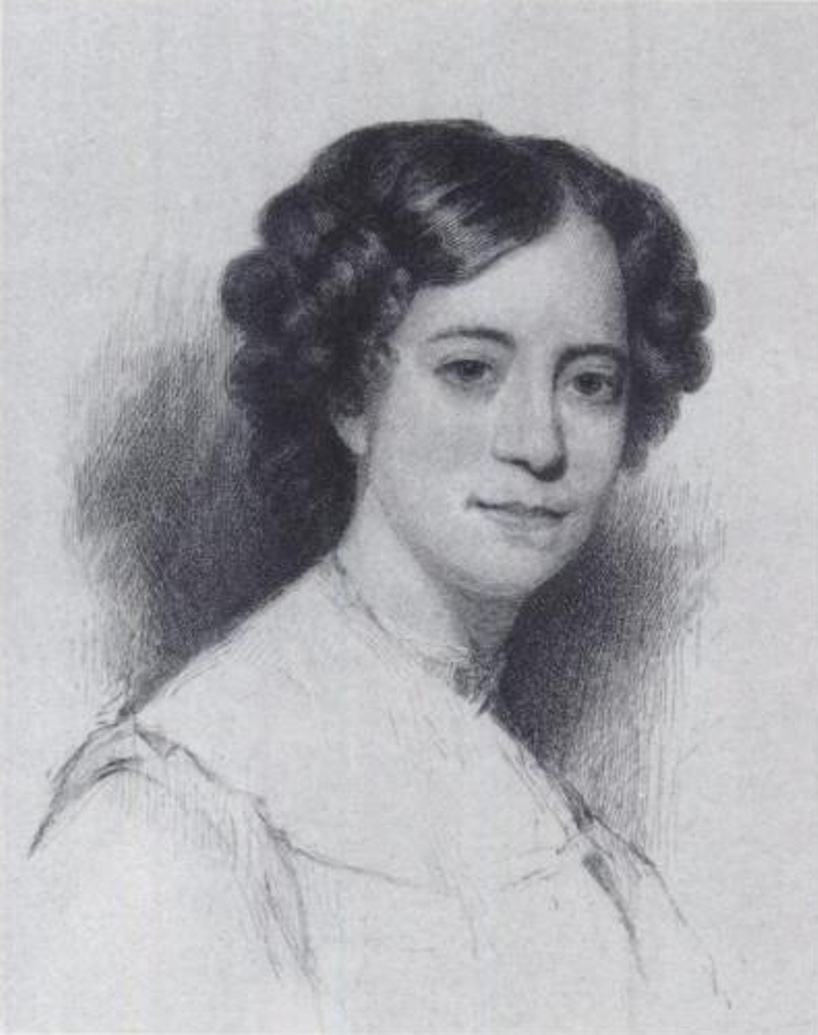
Sophia Amelia Hawthorne, née Peabody was an American artist and illustrator and writer.
Sophia Peabody is the wife of writer Nathaniel Hawthorne. Before her marriage, she was already an accomplished artist; during her life she also published articles, her diaries, and some of Nathaniel's notebooks, which she edited and published after his death.
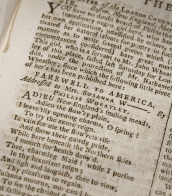
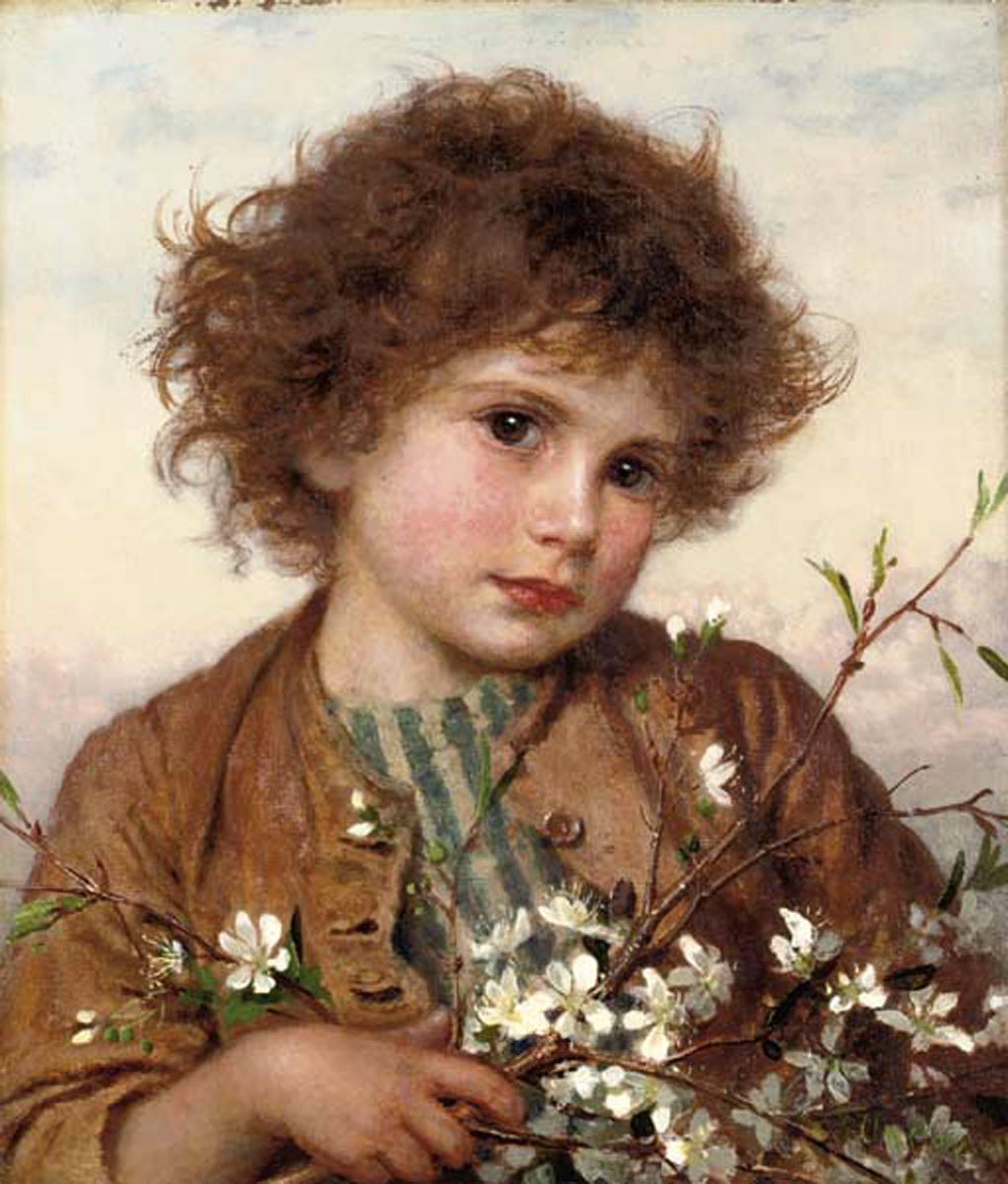
Sophie Gengembre Anderson was a British artist of French descent.
Fleeing the revolution in France, her family moved to the United States in 1848, and Sophie had a successful career in America for several years. She specialized in genre and portrait paintings depicting children and women, usually in rural settings.
In 1854 the Andersons moved to London and Sophie's work was well received and exhibited widely at the Royal Academy, the Royal Society of British Artists (RBA) and the British Institution.
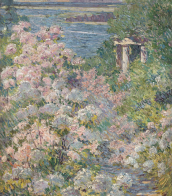
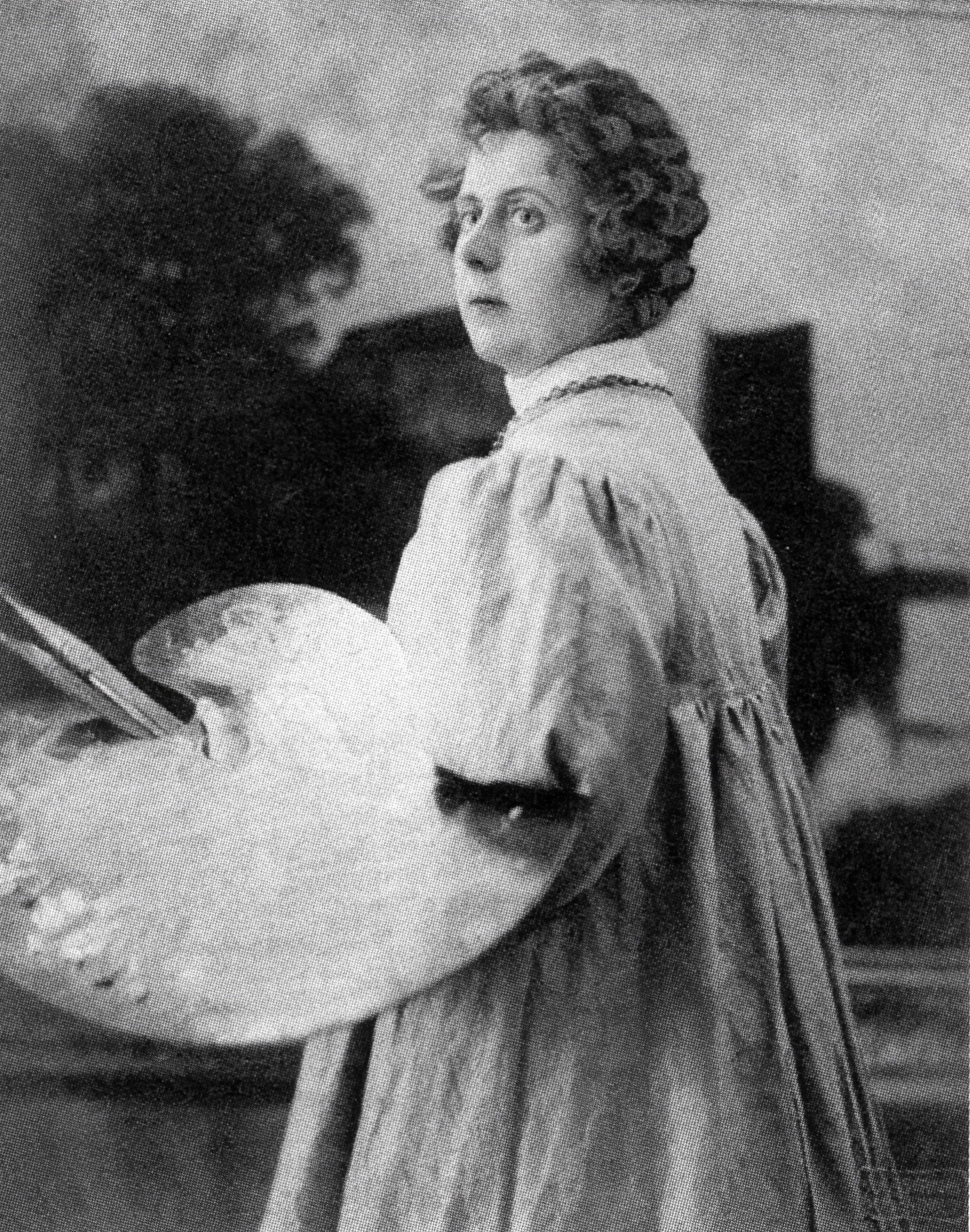
Sophie Wencke-Meinken was a German painter.
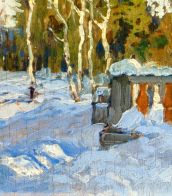

Sophie Wencke-Meinken was a German painter.

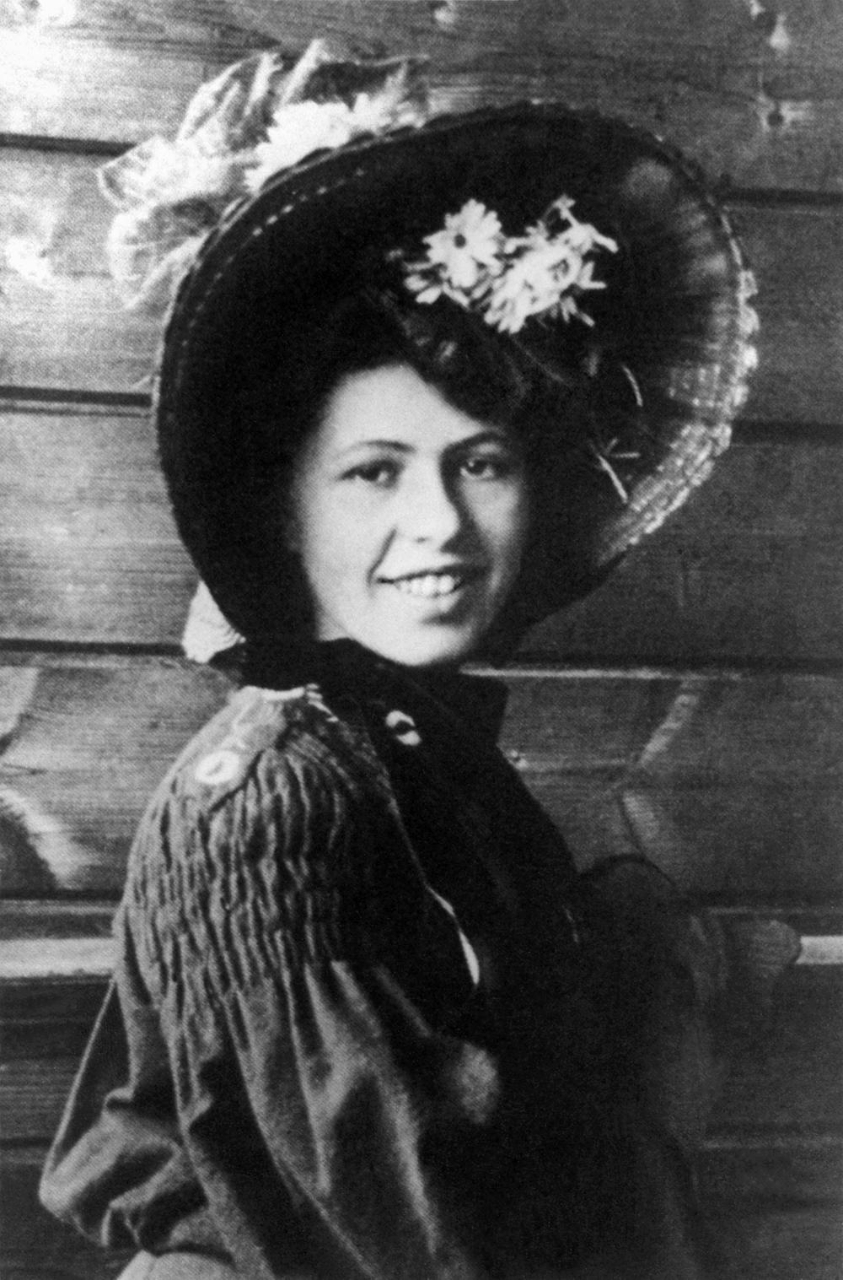
Sophie Henriette Gertrud Taeuber-Arp was a Swiss artist, painter, sculptor, textile designer, furniture and interior designer, architect, and dancer.
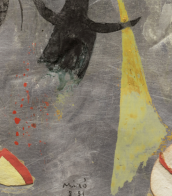

Sophie Henriette Gertrud Taeuber-Arp was a Swiss artist, painter, sculptor, textile designer, furniture and interior designer, architect, and dancer.
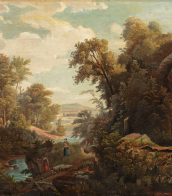
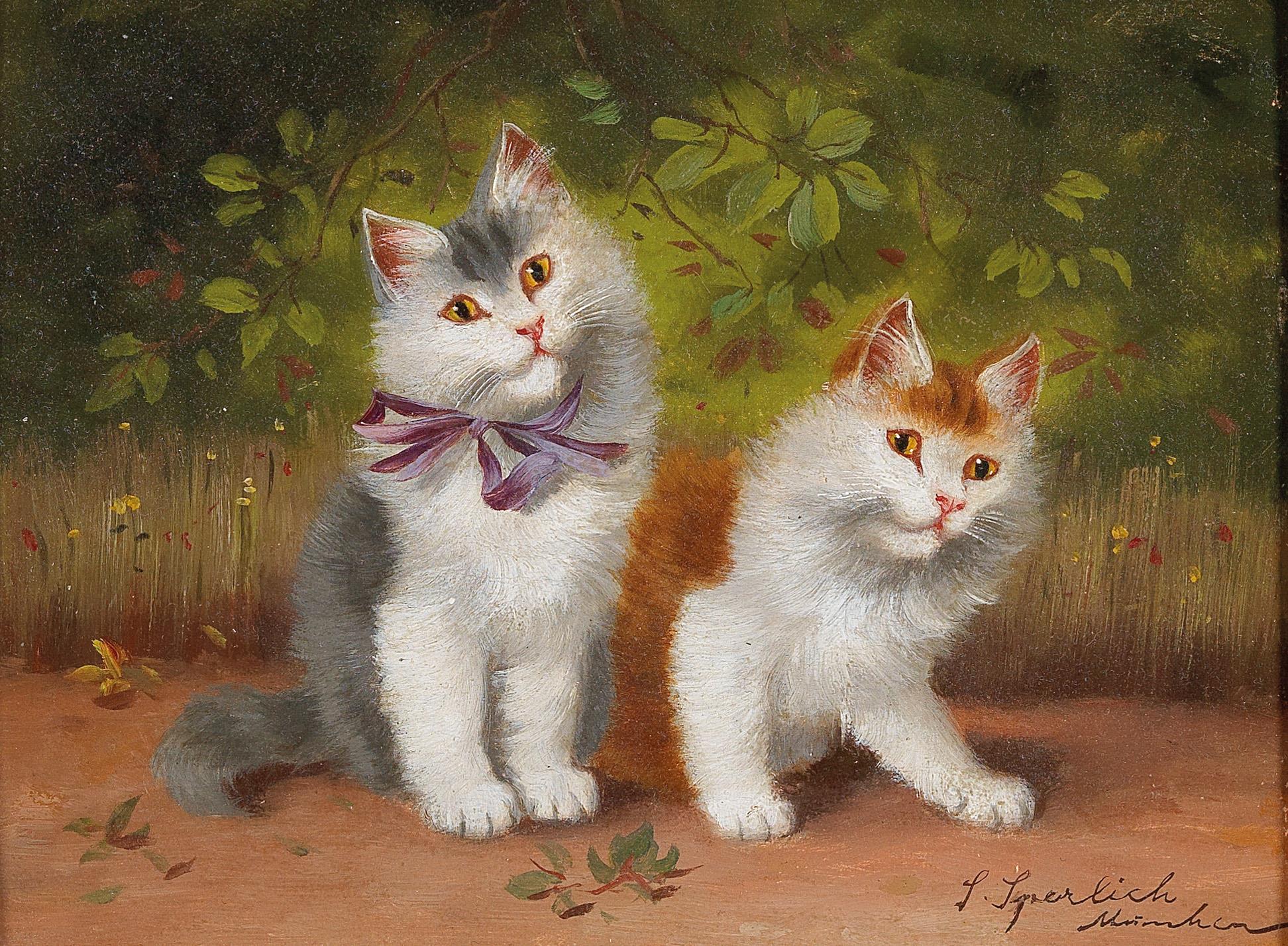
Sophie Sperlich is a German animal painter. She is known mainly for her images of cats.

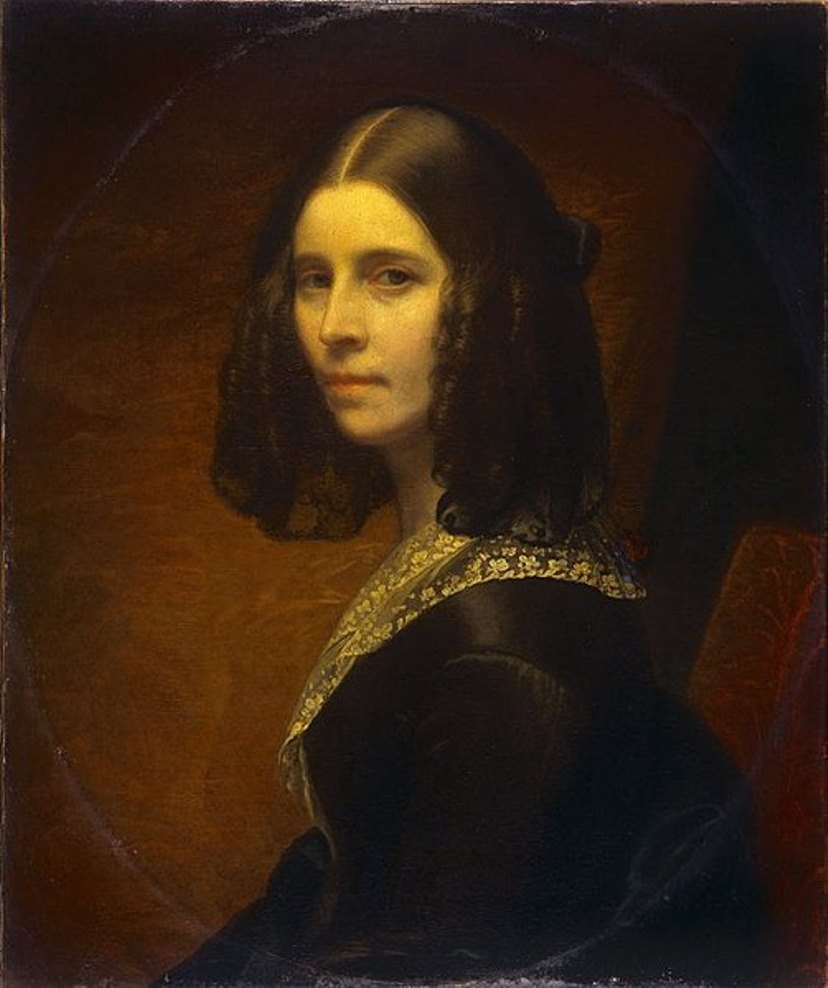
Sophie Rude, née Sophie Frémiet, was a French portrait painter and wife of the sculptor François Rude.
She worked in France and in Belgium. In Brussels, Sophie was a successful artist, receiving many commissions, including several for the former royal palace.
Sophie Rude painted mostly neoclassical style portraits as well as paintings on mythological, historical and religious subjects. Her depiction of the nymph Pirena was awarded a gold medal at an exhibition in 1824.


Sophie Wencke-Meinken was a German painter.
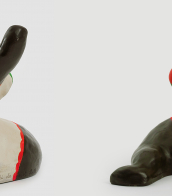

Sophie Wencke-Meinken was a German painter.
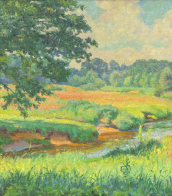

Sophie Wencke-Meinken was a German painter.


Sophie Wencke-Meinken was a German painter.
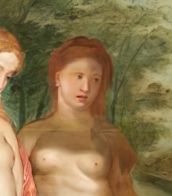

Sophie Wencke-Meinken was a German painter.
